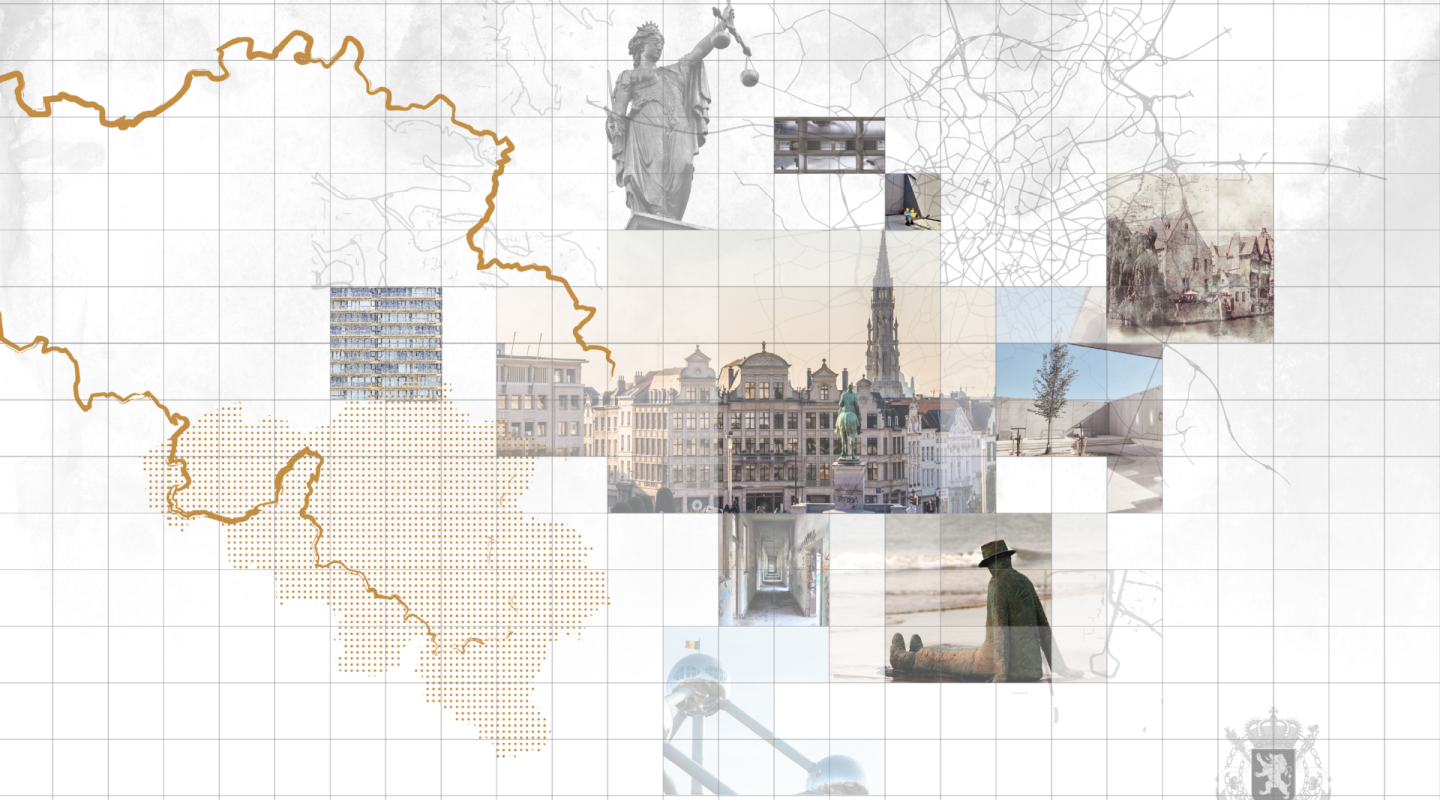
Belgium
Capital city — Brussels
Introduction
Country population
11,587,880
i
2021
/ World Bank (01-01-2021)
Type of government
Federal Parliamentary Democracy under a Constitutional Monarchy
Human Development Index
Homicide rate (per 100,000 inhabitants)
1.23
i
2020
/ Statista, Eurostat (01-01-2020)
